Projects
The 10 most expensive rail construction projects in 2022
248 rail construction projects broke ground in 2022, at a combined cost of over $500bn. Peter Nilson offers a run-down of the 10 most expensive projects to break ground last year.
According to the GlobalData project database, 248 rail construction projects broke ground in 2022, at a combined cost of over $500bn.
This is a slight drop when compared to the number of railway construction projects that commenced in 2021 (276). Although the capital expenditure is slightly down – $579.2bn in 2022 compared to $502.3bn the year prior.
Unsurprisingly, Asia dominates the list of rail construction projects, with China featuring most prominently with 50 projects in total last year – 19.9% of the global total.
The most common type of rail construction project to break ground over the last year was metro, light rail, and rapid transit projects. Almost a third of all railway projects across the globe were metro, light rail, and rapid transit projects, costing a total of over $130.1bn.
Of the top 10 most expensive rail construction projects of 2021, five are located in Asia – showing the continent’s hunger for rail megaprojects. Half of the top ten most expensive rail construction projects in 2022 involve high-speed rail, all of them located in Asia.
So, here are the 10 most expensive rail construction projects, according to the GlobalData construction project database, to break ground in 2022.
Xiong’an-Xinzhou High-Speed Railway, China: $8.8bn (CNY57.2bn)
SWR purchases a new fleet
The Xiongan High-Speed Railway Company is constructing a high-speed rail line from Xiong’an o Xinzhou in China.
The project aims to build a high-speed railway to provide smooth and faster traffic, cutting travel time between the two cities.
The project involves the construction of a 342km high-speed rail line with a design speed of 350km/h, 12 stations, bridges, tunnels, control rooms, and parking spaces, the installation of electrical equipment, lighting systems and safety systems, and the laying down of tracks.
The project will be developed in two sections. The Hebei Section is 227.80km and the Shanxi Section is 114.7km.
Construction work is expected to be completed by April 2027, after breaking ground in October 2022.
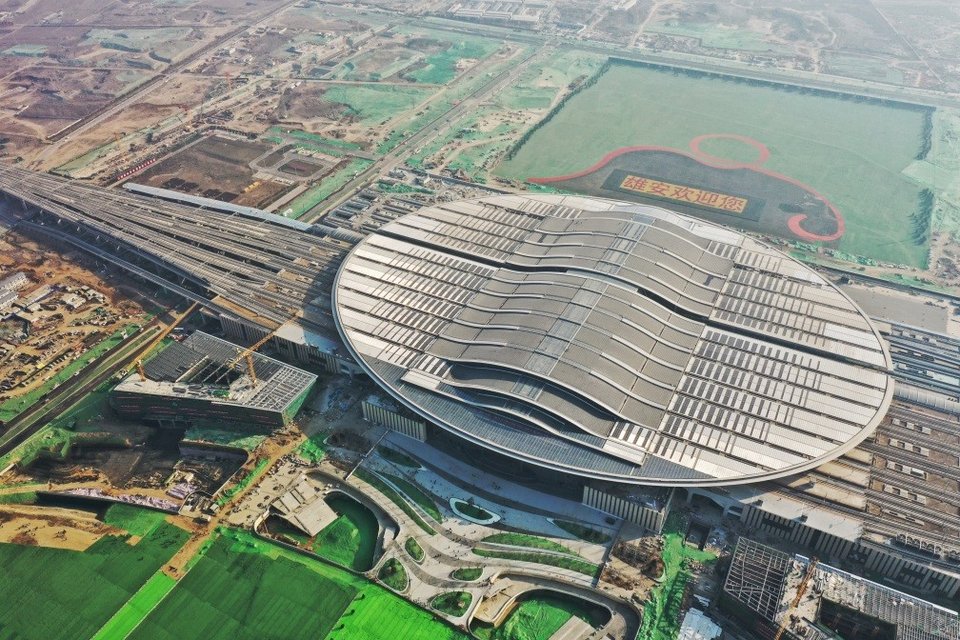
Greater Cairo-Aswan Railway Line, Egypt: $9bn (EGP272.6bn)
The National Authority for Tunnels in Egypt is developing an electrified line in the Greater Cairo region, from 6th October City along the Nile River to Aswan.
The 850km line extension has a design speed of 250km/h for passenger trains and 120km/hr for freight trains. The project, also known as “Blue Line”, includes 35 stations (9 express and 26 regional).
The project involves the construction of an electrified railway line. It includes the construction of railway stations, interchange sections, passageways, the laying of rail tracks, and the installation of signalling units.
GlobalData predicts that the project, which commenced construction in Q4 2022, will be completed by the end of 2025.
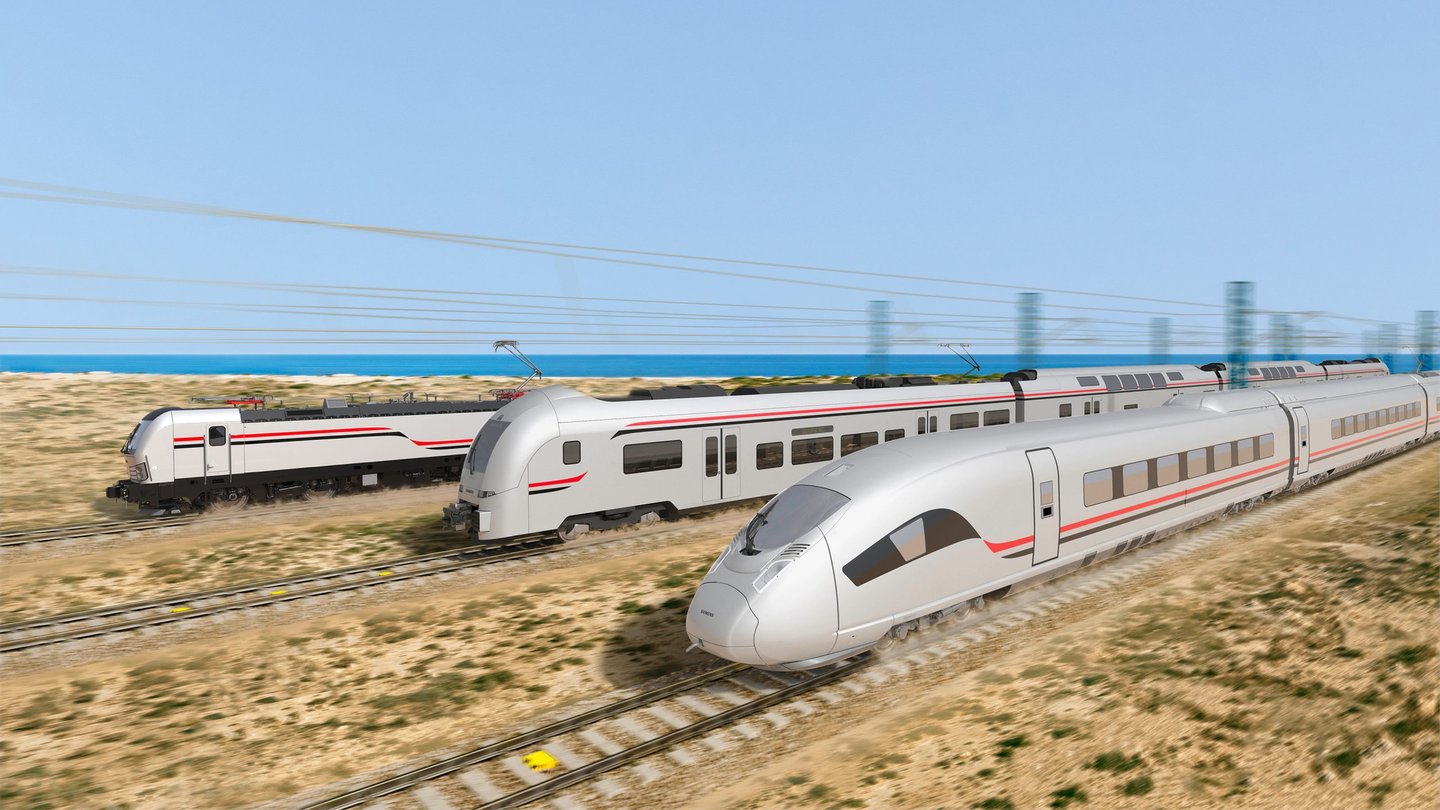
Southern California Optimised Rail Expansion Programme, US: $10bn
The Southern California Regional Rail Authority (Metrolink) is overseeing a rail improvement programme in California, US.
The programme involves the following projects:
- Simi Valley double track
- Burbank junction speed improvements
- Chatsworth station improvements
- Marengo siding extension
- El Monte siding extension
- Rancho Cucamonga siding extension
- Serra siding extension
The project is a part of the Los Angeles 2028 Olympics.
In November 2022, a groundbreaking ceremony was held at the Burbank junction speed improvements project, marking the start of construction of the overall project. Construction on the entire programme is scheduled to be completed in 2028.
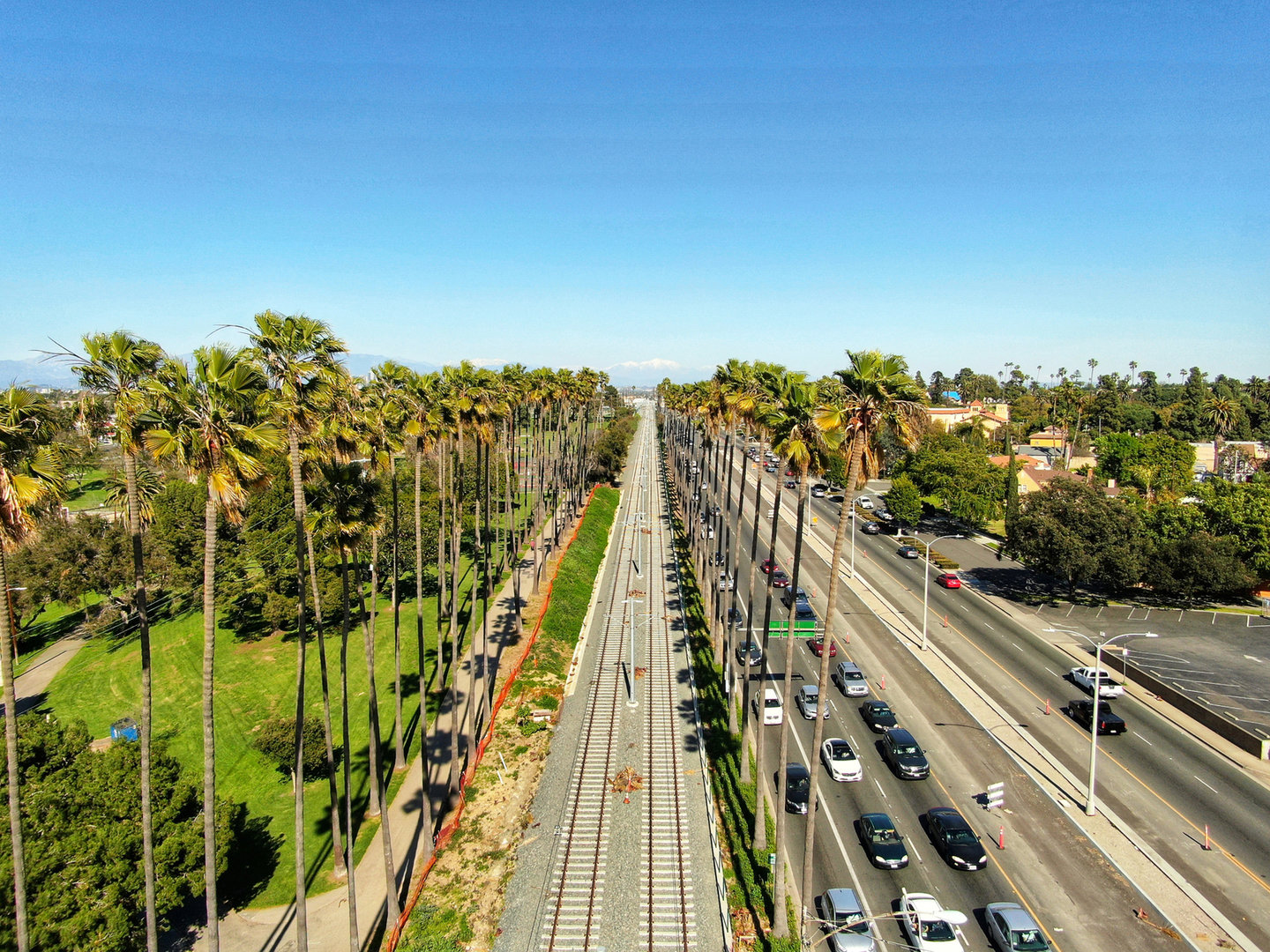
Singapore Cross Island MRT Line, Singapore: $10bn (SGD13.3bn)
The Singapore Land Transport Authority is undertaking the construction of a rail line from Aviation Park to Bright Hill as part of the Cross Island Mass Rapid Transit (MRT) Line in Singapore.
The project involves the construction of an underground 29km rail line from Aviation Park in Changi to Bright Hill in Bishan.
It includes 12 new stations: Bright Hill, Teck Ghee, Ang Mo Kio, Tavistock, Serangoon North, Hougang, Defu, Tampines North, Pasir Ris, Pasir Ris East, Loyang, and Aviation Park; with interchange stations at Bright Hill, Ang Mo Kio, Hougang, and Pasir Ris.
The MRT project includes the construction of a new 57-hectare depot at Changi East to provide stabling and maintenance facilities for up to 80 CRL trains, tunnels, overpass/elevated structures, maintenance and storage facilities, parking spaces and the laying of railway tracks, the installation of lamps, light markers, automatic incident detection systems, and safety equipment.
The construction of the tunnel will be undertaken using a Tunnel Boring Machine.
Construction began in February 2022. Once completed in 2030, the MRT line will provide better connectivity and shorter travelling times to more than 100,000 households.
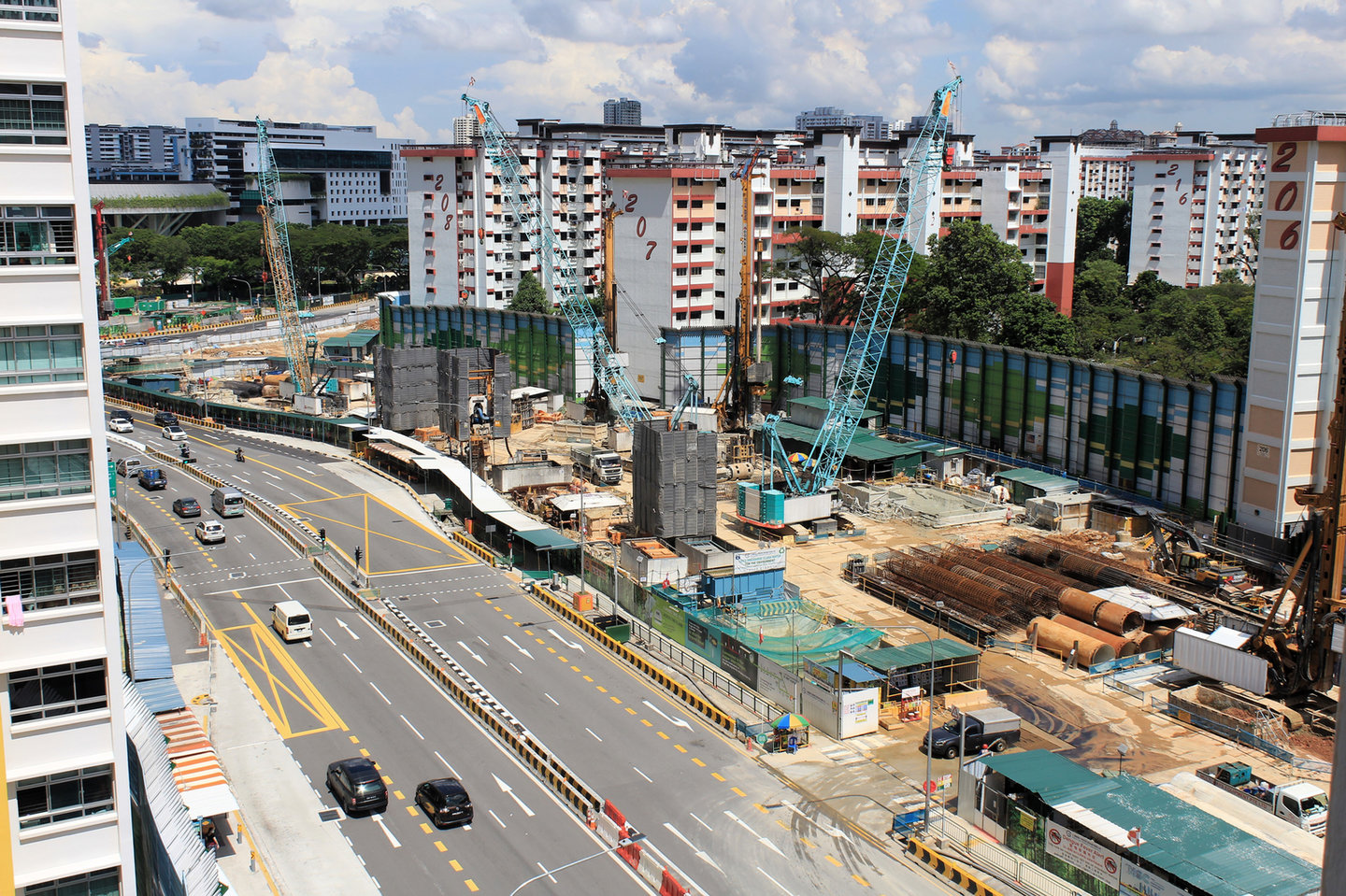
Beijing-Hong Kong-Taiwan High-Speed Railway, China: $14.9bn (CNY101bn)
The China National Railway Group Company and China Railway Beijing Group are building a high-speed railway line from Fengtai in Beijing to Xiong’an in Hebei to Shangqiu in Henan, China.
The project’s aim is to reduce travel time and distance between Fengtai in Beijing, Xiong’an in Hebei, and Shangqiu in Henan.
The project involves the construction of a 638km high-speed railway line with a designed speed of 350km/h, 16 stations, bridges and tunnels, administrative facilities, the installation of signalling and safety systems, and the laying of track.
Construction, which broke ground in September 2022, is expected to be completed by the end of 2027.
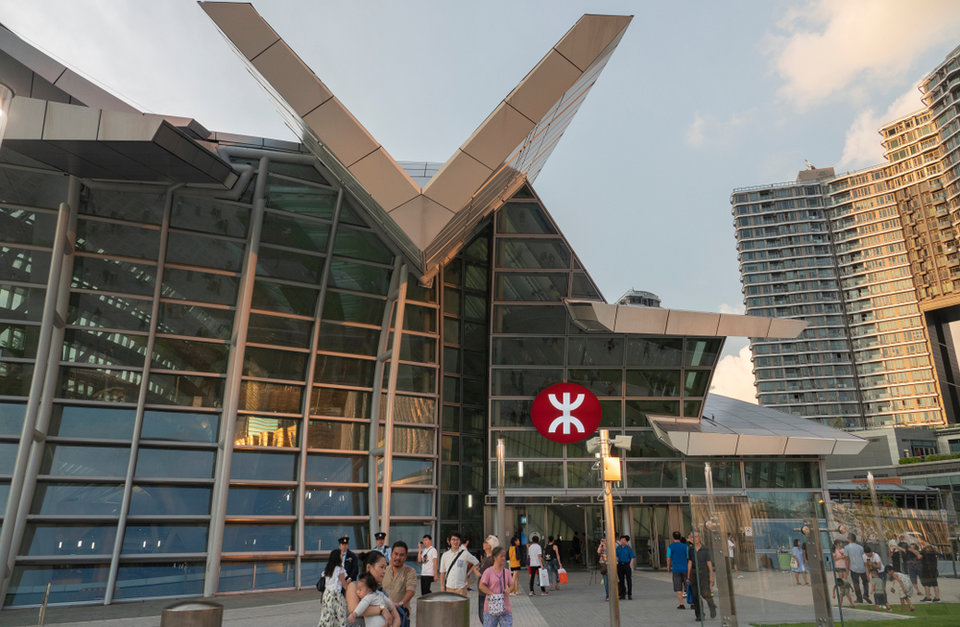
Nantong-Ningbo High-Speed Rail Line, China: $16bn (CNY108.9bn)
The Shanghai-Hangzhou Railway Passenger Dedicated Line Company is constructing a railway line from Nantong to Ningbo in Zhejiang, China.
The project aims to reduce the travel time between the cities of Nantong and Ningbo.
The project involves the construction of a 309.8km railway line with a design speed of 350km/h with 10 railway stations, one 29.2km double-track railway bridge across Hangzhou Bay, tunnels, administrative buildings and parking facilities, the installation of the traffic control system, signalling system, communication network, and interlocking systems, and the laying of railway tracks.
Construction commenced in December 2022 and is expected to be completed by the end of 2027.
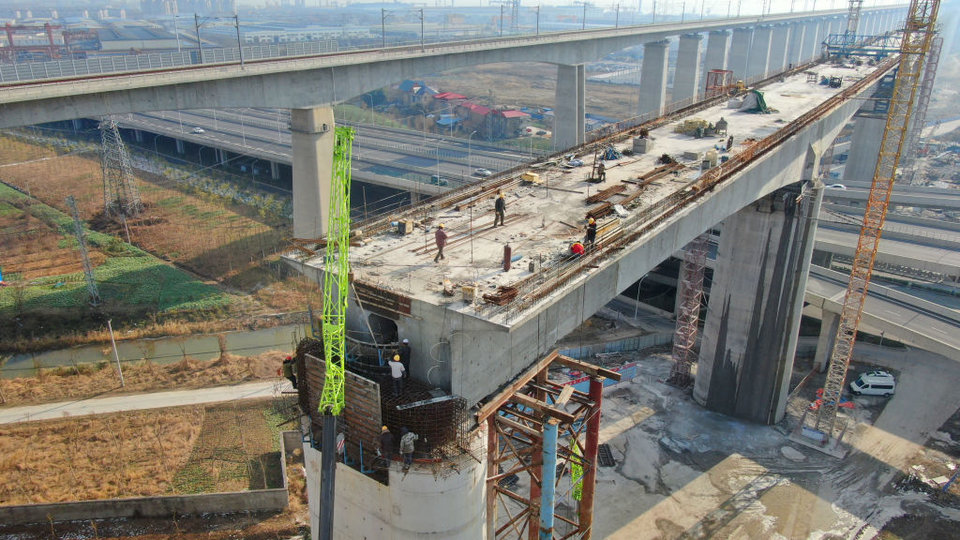
Beijing Kunming High-Speed Railway, China: $19.1bn (CNY129.7bn)
The Xicheng Railway Passenger Dedicated Line Shaanxi Company is constructing a line between Xi’an and the Ankang-Chongqing section of the Chongqing High-Speed Railway: Ankang-Chongqing Section in China.
The project is being developed between Xi’an to Chongqing in China and aims to improve connectivity and reduce road traffic.
The project involves the construction of a 477.9km railway link with a designed speed of 350kmph, 11 stations, rail terminals, control rooms, tunnels (Jianshan Tunnel, 6,002m), parking facilities, the installation of lighting and signalling units, equipment and safety systems, and the laying of railway tracks.
Construction broke ground at the end of 2022 and is expected to be completed by November 2028.
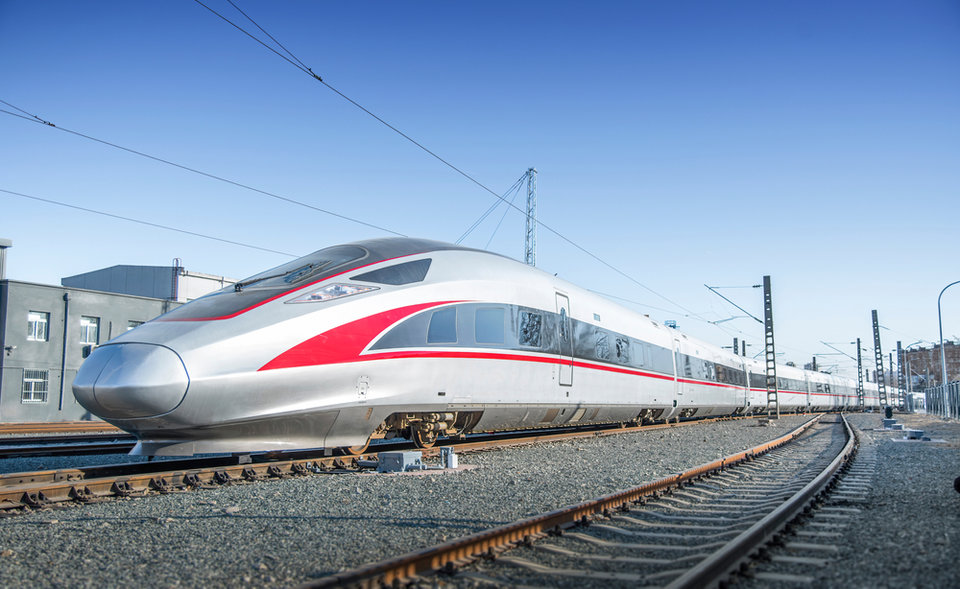
Yangtze River Coast Railway, China: $23.3bn (CNY157.9bn)
Yangtze River Coast Railway Group is building a high-speed rail line from Shanghai to Nanjing and Hefei in China.
The project aims to expand the railway network and reduce traffic, travel time, and distance in the region. The project is part of Shanghai-Chongqing-Chengdu High-Speed Railway.
The project involves the construction of a 553.76km high-speed rail line with a design speed of 350km/h, 16 stations, rail terminals, control rooms and parking facilities, the installation of lighting and signalling units, equipment and safety systems, and the laying of track.
The project, which commenced in November 2022, is scheduled to be completed in the fourth quarter of 2028.
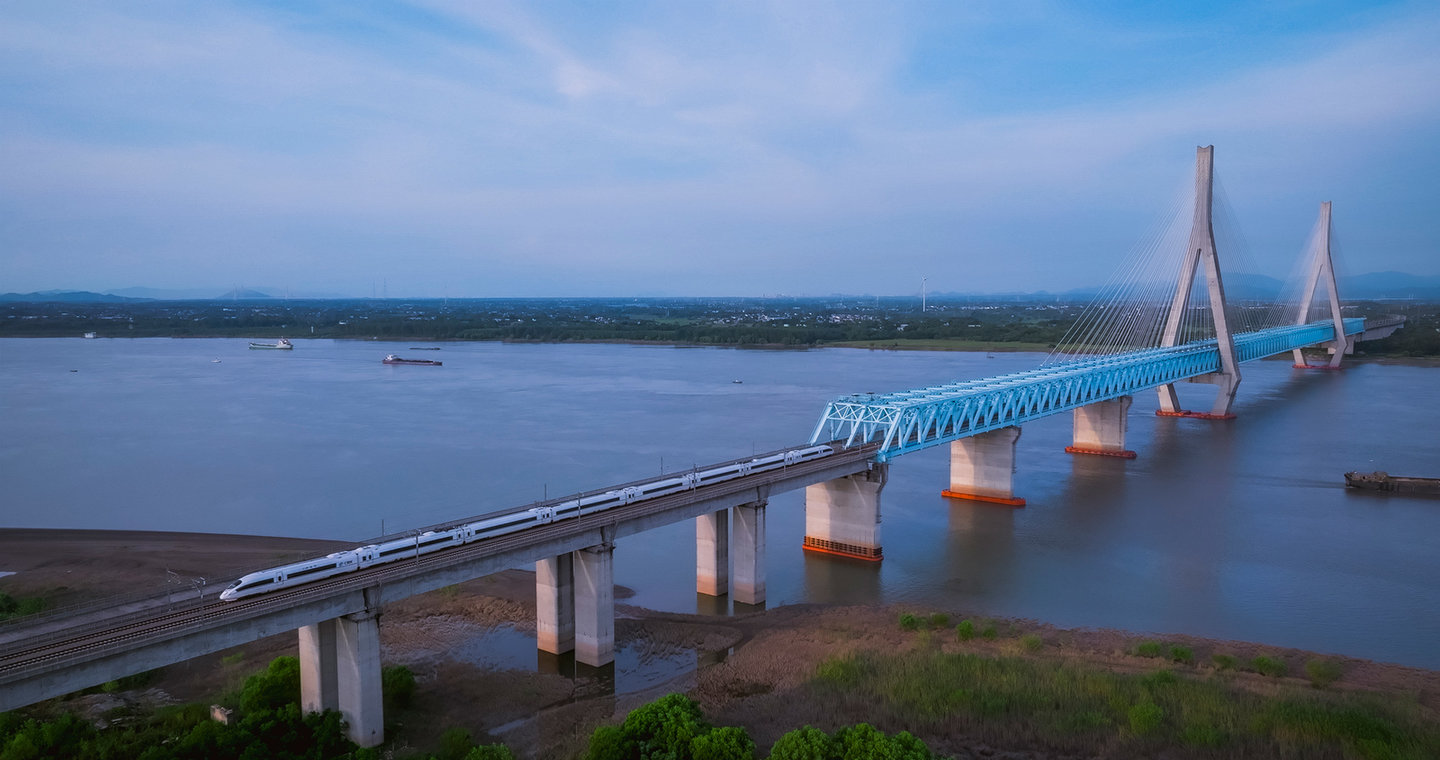
Rail Logistic Investment Programme, Brazil: $28bn (BRL145.7bn)
The Ministry of Transport, Brazil plans to undertake the development of a railway network as a part of the Logistic Investment Programme in Brazil.
The programme includes the construction, modernisation, and maintenance of 7,500km of railway lines.
The following railway links will be developed under the programme:
- Ferrovia EF-170 – Ferrogrão: aims to consolidate Brazil’s new export rail corridor through Arco Norte.
- Ferrovia EF-151 – Ferrovia Norte-Sul: connecting Estrela d´Oeste in São Paulo, to Porto Nacional in the State of Tocantins
- Ferrovia EF-334/BA – Ferrovia de Integração Oeste-Leste-FIOL: an important corridor for the flow of ore from the south of the state of Bahia and grain from the west of Bahia
The programme will increase the use of rail cargo transport, create a modern and integrated railway network, increase the rail transport capacity, and reduce logistical bottlenecks.
According to GlobalData’s Project database, construction will be completed in 2027.
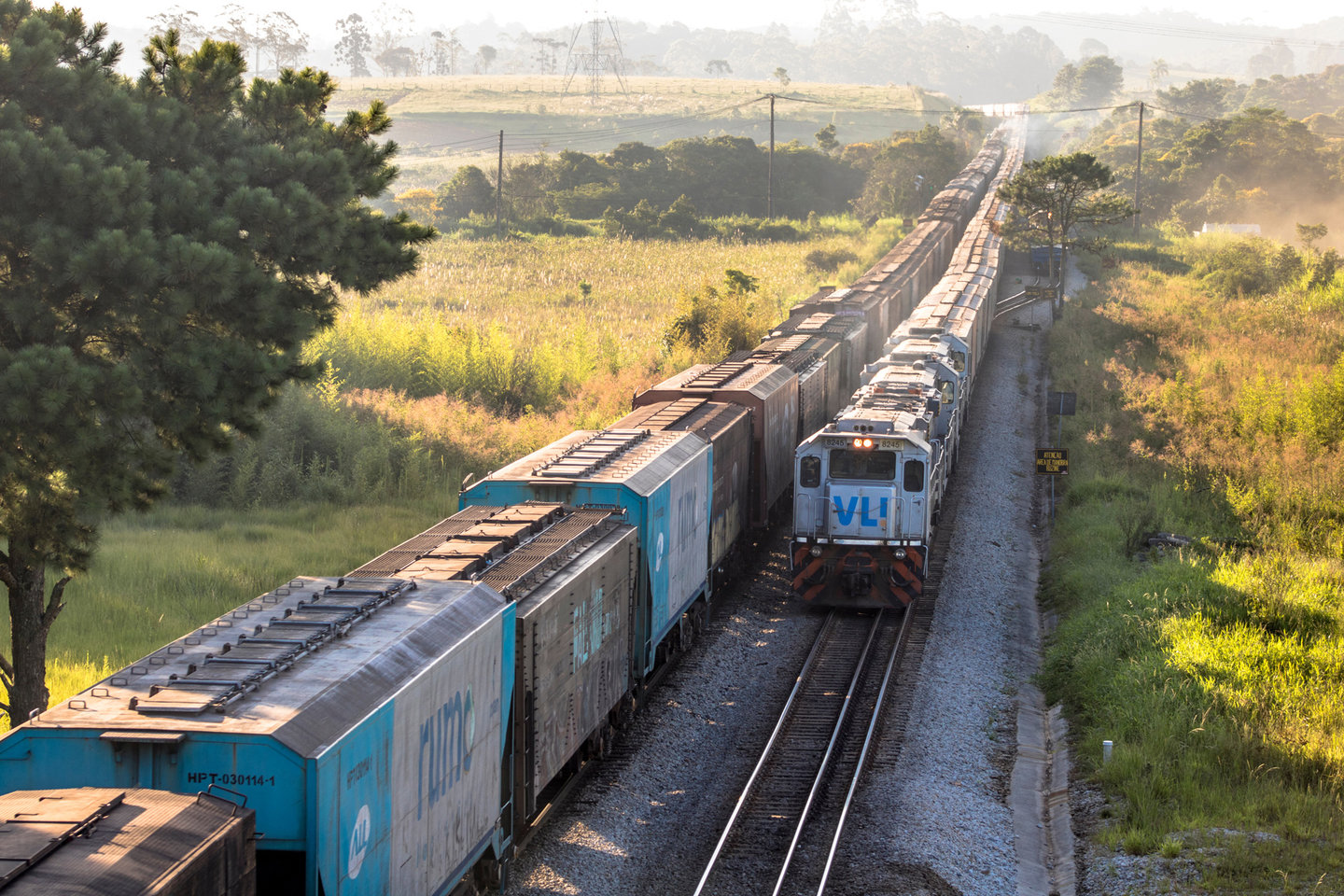
Melbourne Suburban Rail Loop, Australia: $87bn (AUD125bn)
The Victorian Government, through Rail Projects Victoria, is undertaking the construction of a rail line project in Victoria, Australia.
The Suburban Rail Loop (SRL) is a fully automated rapid transit system and involves the construction of a 90km rail loop, comprising 13 stations.
The project aims to allow commuters to travel between suburbs in Melbourne without needing to come into the city to connect between lines. It will connect every major rail line from the Frankston line to the Werribee line, making it quicker and easier to get to Melbourne’s major health, education, and employment centres.
It also aims for an underground rail loop connecting Melbourne’s western and eastern suburbs via the airport and linking all major train lines.
The SRL involves the construction of a 90km rail loop comprising 13 stations. The new stations are proposed at Cheltenham, Clayton, Monash, Glen Waverley, Burwood, Box Hill, Doncaster, Heidelberg, Bundoora, Reservoir, Fawkner, Keilor East, and Broadmeadows.
It includes an underground line between Broadmeadows and Cheltenham, a twin rail entrance to Melbourne Airport, railway lines from the Frankston line to the Werribee line via Melbourne Airport, railway stations, signalling junctions, installation of electrical equipment, and related facilities.
The project will create 20,000 new jobs during construction, and is being implemented in four stages:
- SRL East: Construction of a 26km line between Cheltenham and Box Hill.
- SRL North: Construction of rail line between Box Hill and Melbourne Airport
- SRL West: Construction of rail line between Melbourne Airport and Werribee
- SRL Airport: Construction of a 27km rail link between Melbourne’s Tullamarine Airport to Melbourne CBD
Construction work commenced in June 2022, and the full project is predicted by GlobalData to be completed in 2085.
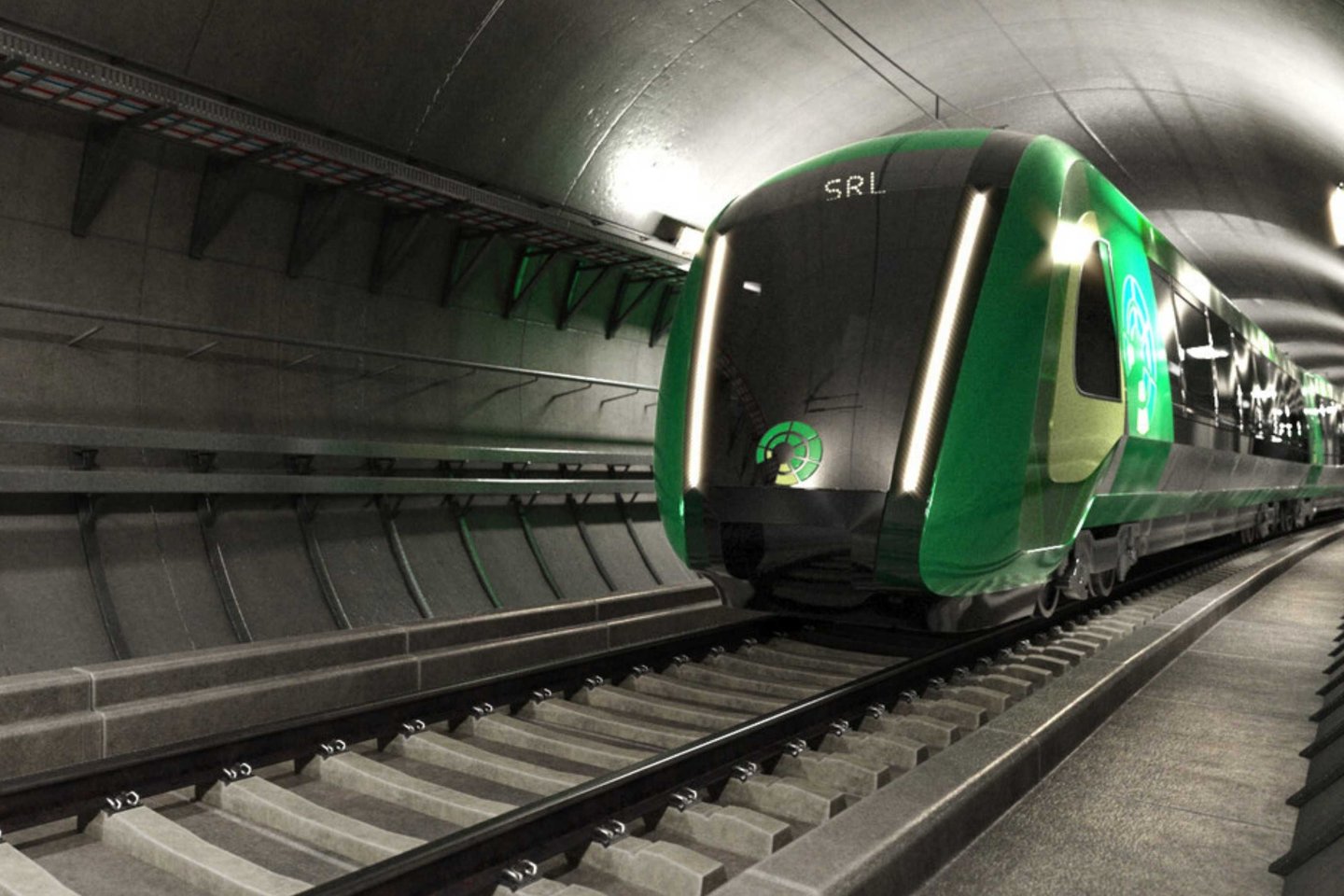
Main image: A South Western Railway train in London, March 2020. Credit: inProgressImaging | Shutterstock.com
The general economic coronavirus aid of the federal government that has been initiated so far does not offer effective help